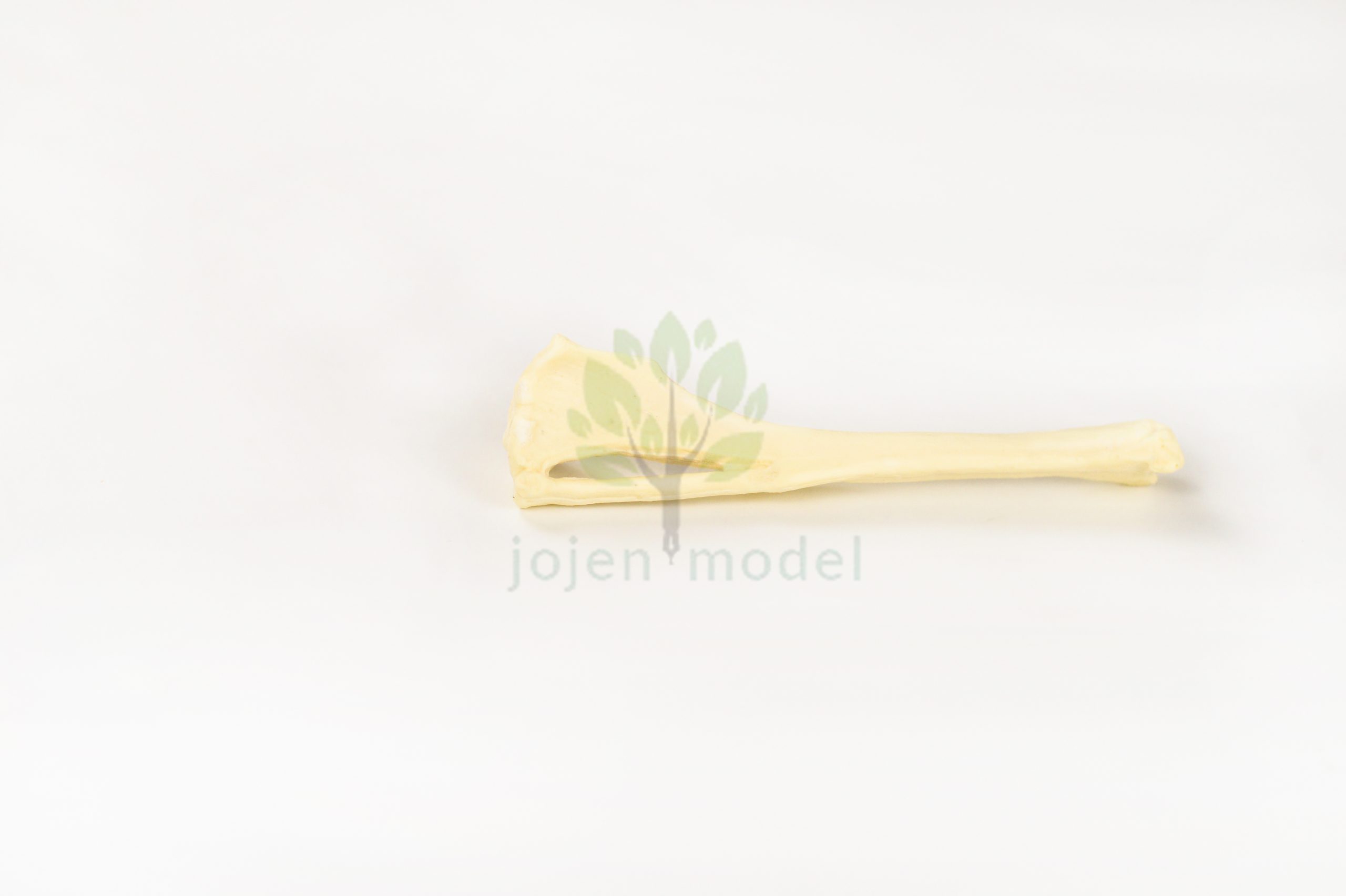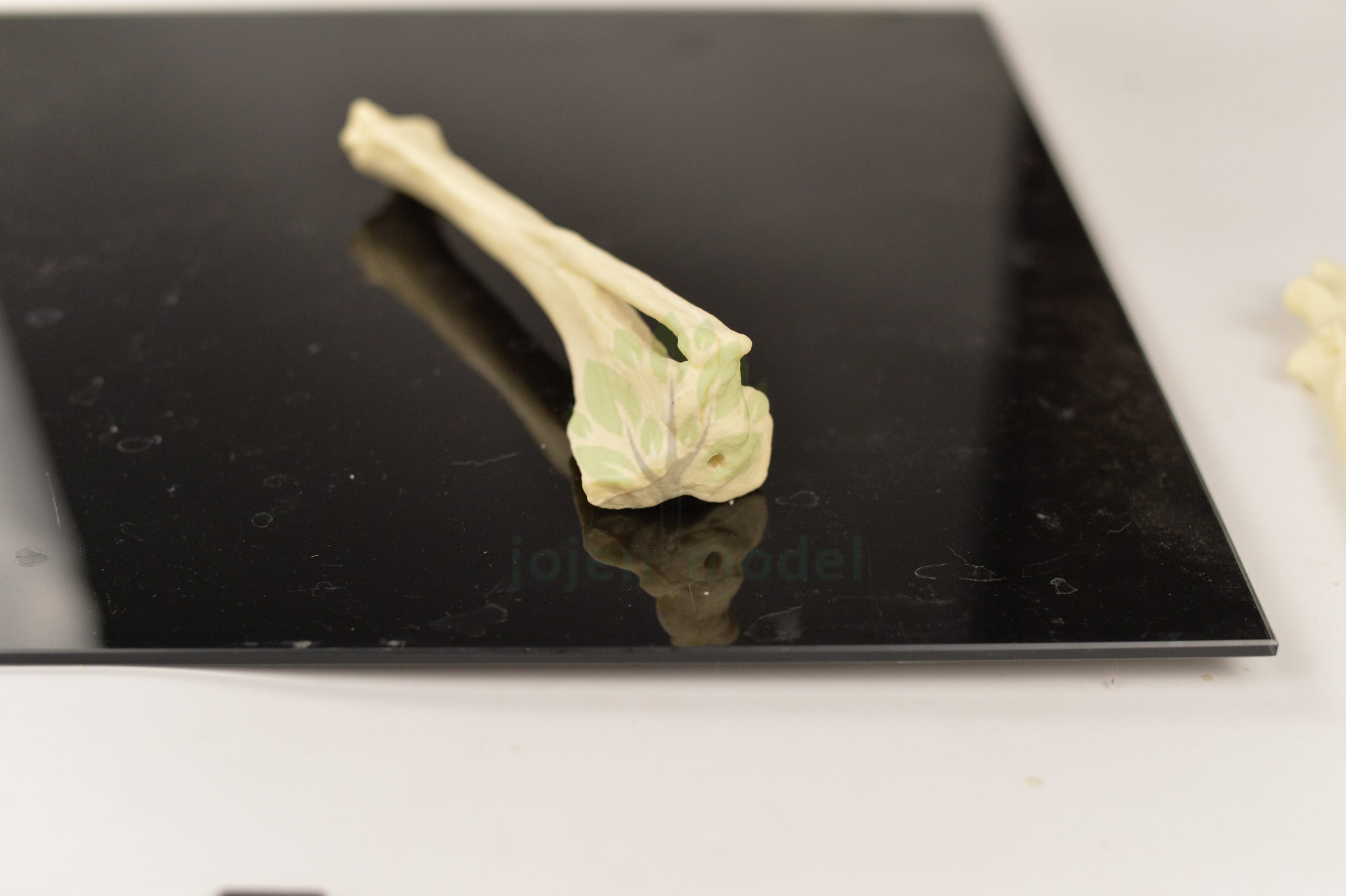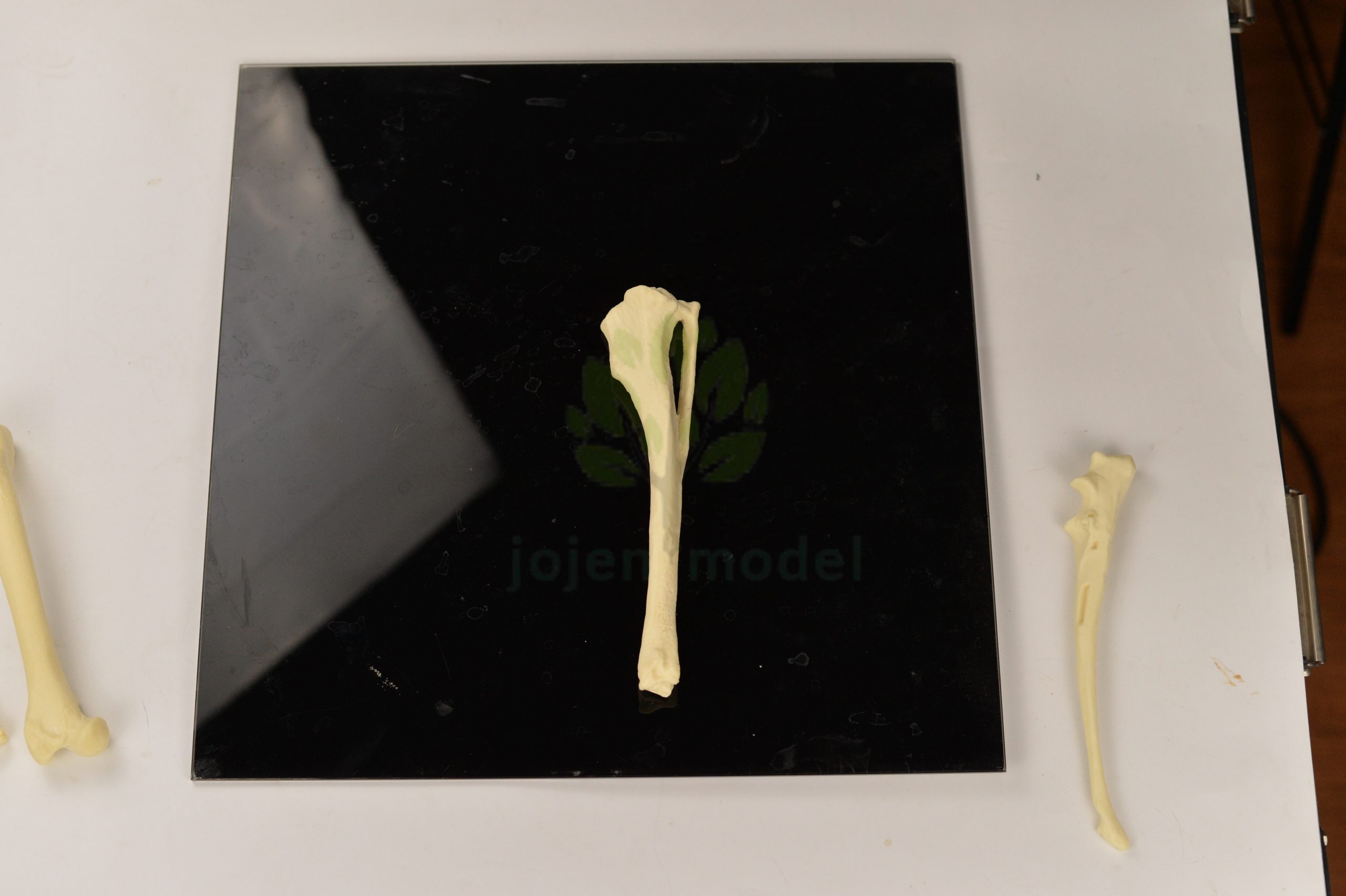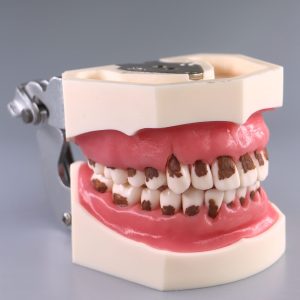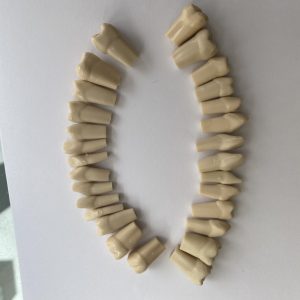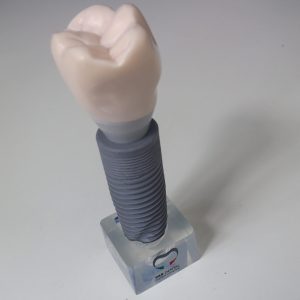Canine Tibia And Fibula Model,Study Model Dog Tibia And Fibula Model,Medical Anatomical Dog Tibia And Fibula Model,Animal Skeleton Bone Anatomy Model,For Orthopaedic Surgery Demonstration Practice China Manufacturer.
Introduction: The Canine Tibia and Fibula Model stands as a cornerstone in veterinary education and clinical practice, providing a comprehensive understanding of lower limb anatomy and facilitating realistic surgical simulations. With its intricate design and functional excellence, this model serves as an essential tool for students, educators, and practitioners alike.
Versatility: As a Study Model Dog Tibia and Fibula Model, this anatomical representation transcends traditional boundaries, offering versatility in both educational and practical applications. From classroom demonstrations to surgical workshops, its adaptability ensures seamless integration into various learning environments, enriching the educational experience for all stakeholders.
Realism: Anatomical accuracy is paramount in the Canine Tibia and Fibula Model, meticulously capturing the intricate details and structural nuances of canine lower limb anatomy. From the articulating surfaces to the curvature of the bones, each component mirrors the complexities of real anatomy, providing a lifelike representation essential for effective learning and surgical practice.
Quality: Crafted from premium materials, this model exemplifies durability and reliability. Constructed with medical-grade PU, it withstands the rigors of repeated use while maintaining its integrity. Corrosion-resistant and lightweight, it offers unparalleled longevity without compromising on performance, ensuring years of reliable service in educational and clinical settings.
Functionality: Primarily designed for orthopedic surgery simulation, the Canine Tibia and Fibula Model facilitates hands-on learning and skill development in a controlled environment. Its 1:1 life-size scale and realistic anatomical features enable students to practice surgical techniques, refine their skills, and prepare for real-world clinical scenarios. Additionally, its versatility extends to educational demonstrations, enhancing interactive learning experiences and fostering a deeper understanding of lower limb anatomy.
Conclusion: In summary, the Canine Tibia and Fibula Model emerges as an indispensable asset in veterinary education and clinical practice, offering unparalleled realism, durability, and versatility. With its intricate design, anatomical accuracy, and functional excellence, it elevates the standard of anatomical study aids and surgical simulations, empowering students and practitioners to excel in their respective fields.

